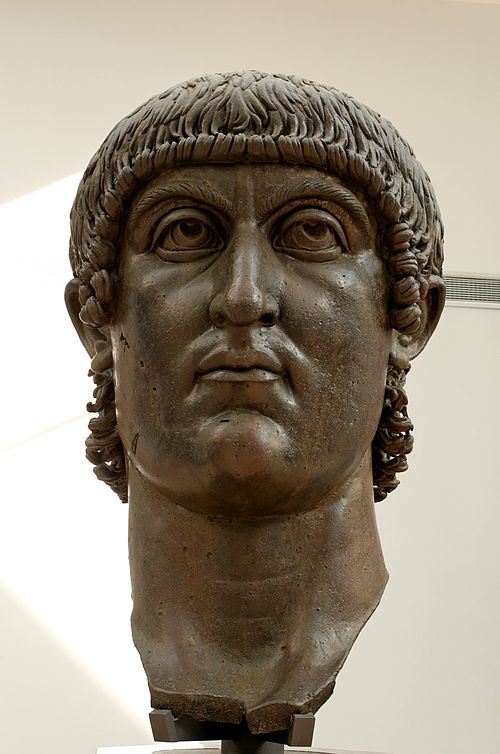This article needs additional citations for verification .(February 2024) |

| Years |
|---|
| Millennium |
| 1st millennium |
| Centuries |
| Decades |
| Years |
| 314 by topic |
|---|
| Leaders |
| Categories |
| Gregorian calendar | 314 CCCXIV |
| Ab urbe condita | 1067 |
| Assyrian calendar | 5064 |
| Balinese saka calendar | 235–236 |
| Bengali calendar | −280 – −279 |
| Berber calendar | 1264 |
| Buddhist calendar | 858 |
| Burmese calendar | −324 |
| Byzantine calendar | 5822–5823 |
| Chinese calendar | 癸酉年 (Water Rooster) 3011 or 2804 — to — 甲戌年 (Wood Dog) 3012 or 2805 |
| Coptic calendar | 30–31 |
| Discordian calendar | 1480 |
| Ethiopian calendar | 306–307 |
| Hebrew calendar | 4074–4075 |
| Hindu calendars | |
| - Vikram Samvat | 370–371 |
| - Shaka Samvat | 235–236 |
| - Kali Yuga | 3414–3415 |
| Holocene calendar | 10314 |
| Iranian calendar | 308 BP – 307 BP |
| Islamic calendar | 318 BH – 316 BH |
| Javanese calendar | 194–195 |
| Julian calendar | 314 CCCXIV |
| Korean calendar | 2647 |
| Minguo calendar | 1598 before ROC 民前1598年 |
| Nanakshahi calendar | −1154 |
| Seleucid era | 625/626 AG |
| Thai solar calendar | 856–857 |
| Tibetan calendar | ཆུ་མོ་བྱ་ལོ་ (female Water-Bird) 440 or 59 or −713 — to — ཤིང་ཕོ་ཁྱི་ལོ་ (male Wood-Dog) 441 or 60 or −712 |
Year 314 ( CCCXIV ) was a common year starting on Friday of the Julian calendar. At the time, it was known as the Year of the Consulship of Rufius and Annianus (or, less frequently, year 1067 Ab urbe condita ). The denomination 314 for this year has been used since the early medieval period, when the Anno Domini calendar era became the prevalent method in Europe for naming years.